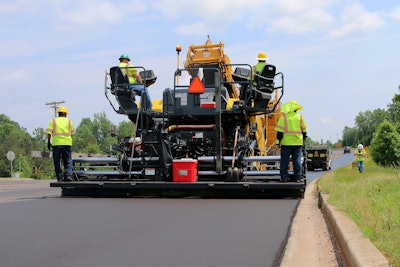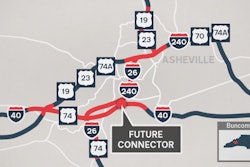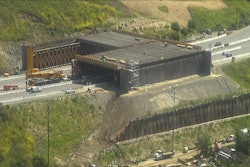
The use of reclaimed asphalt for building roads continues to climb, according to a new report from the National Asphalt Pavement Association.
“The continued use of reclaimed asphalt pavement (RAP) in road construction across the country once again revealed the industry to be one of the most diligent in reducing the amounts of material sent to landfills,” says a NAPA news release announcing its annual Asphalt Pavement Industry Survey on Recycled Materials and Warm-Mix Asphalt Usage.
NAPA reports that since it began collecting data in 2009, RAP tonnage has increased 75%. The tonnage between 2021 and 2022 rose 3.7%.
“RAP usage during the 2022 paving season reduced the need for an estimated 26.9 million barrels of asphalt binder and more than 93 million tons of aggregate,” according to the report. “RAP storage for future use also reduced the needed landfill space by 68.2 million cubic yards.”
Roof shingles are the next highest recycled product for asphalt mixtures. Recycled asphalt shingles, or RAS, in asphalt mix rose 7% in 2022 over 2021. That kept 641,000 tons of unprocessed RAS out of landfills nationwide and reduced the need for 740,000 barrels of asphalt binder, according to NAPA.
Recycled tire rubber is still a small percentage of the overall asphalt mixture, but 2022 saw a big increase over 2021. NAPA reports it rose 189%. That only accounts for about 1.2% of total reported tons for 2022.
Most of the RTR, about 80%, came from California, where state law requires its widespread use in asphalt pavements. Currently there are 18 producers of RTR in 12 states.
“The use of RAP and RAS saved more than $4.7 billion during the 2022 construction season compared to the use of all virgin materials,” NAPA says. “These savings help reduce material costs for asphalt pavement mixtures, allowing road owners to achieve more roadway maintenance and construction activities within limited budgets.”
To download the full report, click here.










